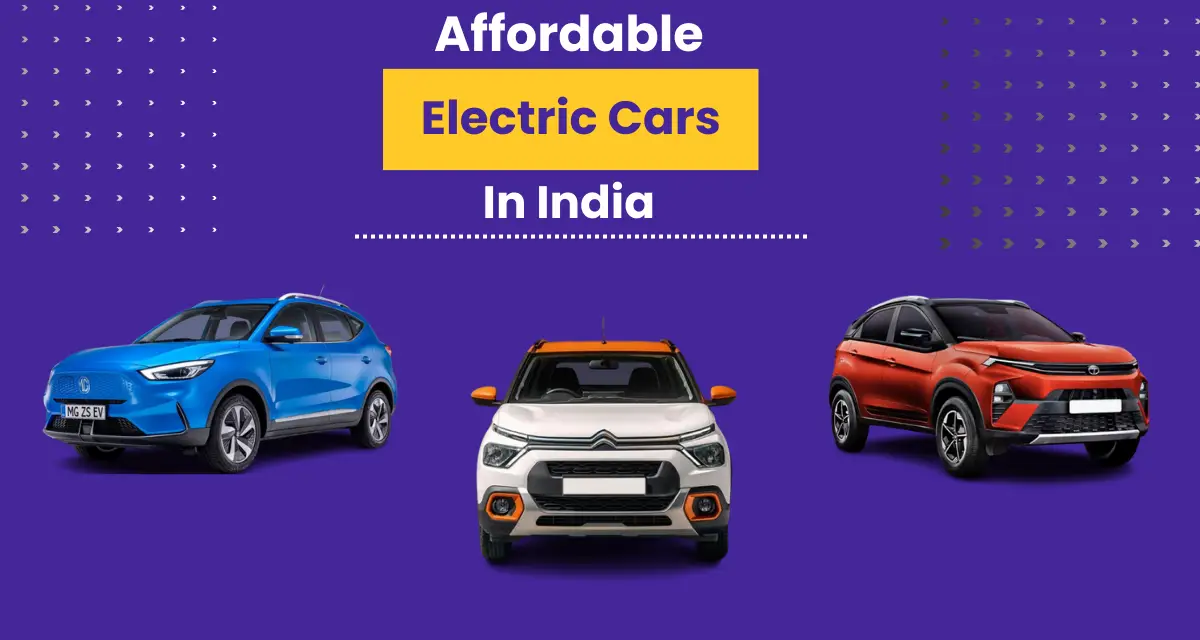

Many automobile leaders say that converting classic cars into electric vehicles has become a trend today. Erickson is one of the small expanding groups of tinkerers, engineers, racers, and entrepreneurs across the country transforming cars and trucks into greener and faster electric vehicles.
Despite having various features, electric powertrain conversions are leading the industry. They have become mainstream as battery technology is advancing over time and turning the world towards a greener and cleaner approach to combat the problem of climate change.
At the end of 2019, Erickson, a cargo pilot living in suburban Denver, purchased a car for $6,500. He then embarked on year-and-half-long projects to convert the car into a 636-horsepower electric vehicle using a motor, battery packs, and the rear subframe from a crashed Tesla Model S.
Erickson, who spent approximately $60,000 on the project, said, “This was my way of taking the car that I like — my favorite body — and then taking the modern technology and performance, and mixing them together.”
Jonatan Klinger, Vice President of culture for Hagerty, an insurance company and leading automobile lifestyle brand with a niche in collector vehicles, stated that converting classic cars into electric cars is definitely a trend, even though its practices are limited.
According to a survey of 25,000 by a Michigan-based company, about 1% of the people partially or fully converted their vehicles into electric vehicles. The top three reasons for converting came out to be acceleration and enhanced performance, for a fun and challenging project, and at last, to combat environmental problems.
Jonatan Klinger said, "Electric vehicles deliver some pretty astonishing performance just by the nature of the mechanics of how they work,” so it is not surprising to see people converting their vehicles from combustion engines to electric motors.
Sean Moudry, a co-owner of Inspire EV, a small conversion business in suburban Denver, recently upgraded a 1965 Ford Mustang destined for the landfill. The year-and-a-half-long project cost more than $100,000 and revealed many hurdles that underscore why conversions are not "plug-and-play" endeavors.
Nonetheless, Ford and General Motors have or are planning to produce standalone electric "crate" motors that are marketed to classic vehicle owners. However, Moudry still believes that it will take a while for EV conversions to become mainstream.
"I think it's going to be 20 years," he said. "It's going to be a 20-year run before you go to a car show, and 50 to 60% of the cars are running some variant of an electric motor in it."
On the other hand, Mike Spagnola, the president and CEO of the Speciality Equipment Market Association, says this day can come a lot sooner. During SEMA’s annual show in Las Vegas, he states that around 21,000 square feet (1,951 square meters).
"The early adopters of this would take a crashed Tesla and pull the motor and harnesses and batteries and all that out of the vehicle and find a way to shoehorn it into whatever vehicle they wanted to build. But today there are many manufacturers now starting to make components. ... We're really excited about it,” he said.
download the Park+! app